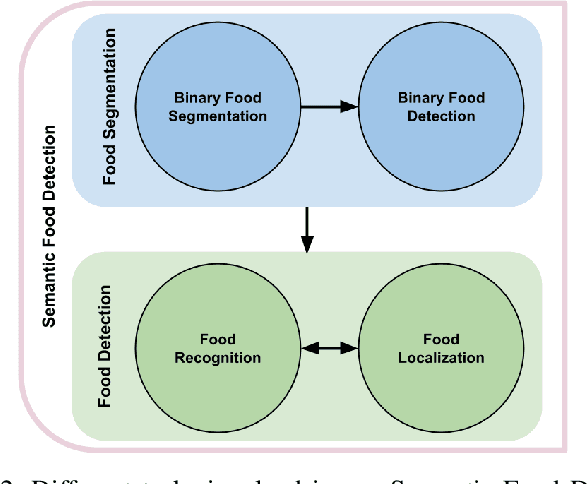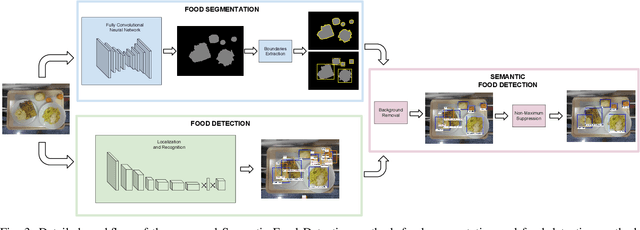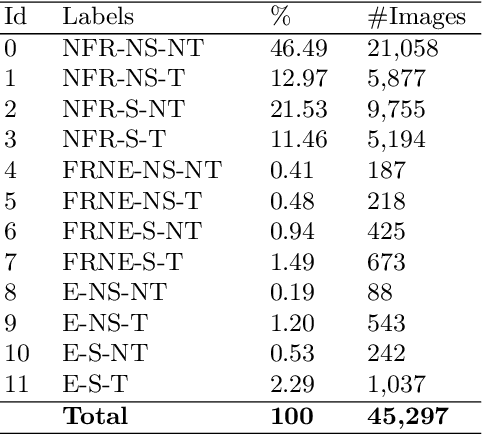Beatriz Remeseiro
Playing to distraction: towards a robust training of CNN classifiers through visual explanation techniques
Dec 28, 2020



Abstract:The field of deep learning is evolving in different directions, with still the need for more efficient training strategies. In this work, we present a novel and robust training scheme that integrates visual explanation techniques in the learning process. Unlike the attention mechanisms that focus on the relevant parts of images, we aim to improve the robustness of the model by making it pay attention to other regions as well. Broadly speaking, the idea is to distract the classifier in the learning process to force it to focus not only on relevant regions but also on those that, a priori, are not so informative for the discrimination of the class. We tested the proposed approach by embedding it into the learning process of a convolutional neural network for the analysis and classification of two well-known datasets, namely Stanford cars and FGVC-Aircraft. Furthermore, we evaluated our model on a real-case scenario for the classification of egocentric images, allowing us to obtain relevant information about peoples' lifestyles. In particular, we work on the challenging EgoFoodPlaces dataset, achieving state-of-the-art results with a lower level of complexity. The obtained results indicate the suitability of our proposed training scheme for image classification, improving the robustness of the final model.
Grab, Pay and Eat: Semantic Food Detection for Smart Restaurants
Nov 14, 2017



Abstract:The increase in awareness of people towards their nutritional habits has drawn considerable attention to the field of automatic food analysis. Focusing on self-service restaurants environment, automatic food analysis is not only useful for extracting nutritional information from foods selected by customers, it is also of high interest to speed up the service solving the bottleneck produced at the cashiers in times of high demand. In this paper, we address the problem of automatic food tray analysis in canteens and restaurants environment, which consists in predicting multiple foods placed on a tray image. We propose a new approach for food analysis based on convolutional neural networks, we name Semantic Food Detection, which integrates in the same framework food localization, recognition and segmentation. We demonstrate that our method improves the state of the art food detection by a considerable margin on the public dataset UNIMIB2016 achieving about 90% in terms of F-measure, and thus provides a significant technological advance towards the automatic billing in restaurant environments.
Analyzing First-Person Stories Based on Socializing, Eating and Sedentary Patterns
Jul 25, 2017



Abstract:First-person stories can be analyzed by means of egocentric pictures acquired throughout the whole active day with wearable cameras. This manuscript presents an egocentric dataset with more than 45,000 pictures from four people in different environments such as working or studying. All the images were manually labeled to identify three patterns of interest regarding people's lifestyle: socializing, eating and sedentary. Additionally, two different approaches are proposed to classify egocentric images into one of the 12 target categories defined to characterize these three patterns. The approaches are based on machine learning and deep learning techniques, including traditional classifiers and state-of-art convolutional neural networks. The experimental results obtained when applying these methods to the egocentric dataset demonstrated their adequacy for the problem at hand.
 Add to Chrome
Add to Chrome Add to Firefox
Add to Firefox Add to Edge
Add to Edge